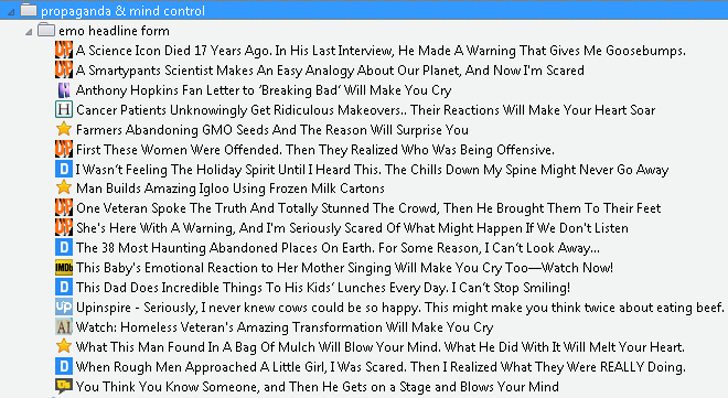

| All your braincells are belong to us - 2014, July 14 | / IDEAS |
|
Sorry if you were taken in by the recent solar roads boondoggle.  It's said to be one of the characteristics of civilisations in decline that they experience a surge of magical thinking as they approach their collapse. Magical thinking (of the 'Law of Attraction' variety) is one example, but the credulous, religious worship of technology is another. An example is the 'Solar FREAKIN Roads' video, which went viral a few weeks ago. The premise of this boondoggle is patent nonsense: to replace the existing asphalt road surfaces of the US with solar panels, and to drive on them. Several great videos have been made in response, utterly debunking this fad. Solar FREAKIN Roadways, are they real? Solar Roadways, IMPORTANT QUESTIONS AND ANSWERS! And two pages of debunking here and here. And as you can see in my image above - those awful drawings are created by the solar freakin roads promoters to represent their view of their own audience: a gang of drooling cretins. And the audience (being actual drooling cretins) swallowed this, and forked over 2.2 million dollars in gratitude. The video achieved its remarkable success by appealing directly to the emotions of the viewers, with LOUD and FREAKIN narration and visuals - by-passing any logical thought processes that the audience might possess. If you generate an emotional reaction in the viewer, you have them. An attack on the solar roads will be seen as an attack on the viewer. Shake them a little harder, and quite a few will hand over money to pay for the silicosis highway. It's a winning formula, previously seen in the farcical 'Kony 2012' campaign. In that case, take a complex story, and reduce it to the emotional reaction of the film-maker's own son. Ignoring the creep factor, Kony's victims become secondary to the effect of the story on our emotions. This succeeded in generating the facile and temporary enthusiasm of Westerners, but when Kony's actual victims saw the movie they rioted in disgust. A recent study suggests that the brain can't reason and empathise at the same time...which is why anyone cynically attempting to generate clicks has to create or promise emotional catharsis in the viewer. The recent Facebook emotion-contagion experiment outraged people, yet this has been going on blatantly for a while now, in the form of clickbait links from upworthy.com and viralnova.com. I've been keeping a collection of bookmarks of the more nauseating headlines. The most infantile aspect is that the headline isn't about the events or the ideas behind the story, but your reaction to the story. YOU are the headline, because the story is really about you.  A more detailed account of the method: Headlines so enticing you can’t resist the click. Here’s Upworthy’s secret formula for click-able headlines:Imagine 1941, in upworthy style: "Japan just bombed Pearl Harbour. At first I was terrified, then I was outraged, but when FDR spoke I was inspired". Remember the furore about the Facebook emotional contagion experiment? These sites continue to practice these sleazy techniques on an unsuspecting mass audience, pushing their emotional buttons, and making a fortune in the process. The FB experiment was trivial in comparison. comments powered by Disqus |